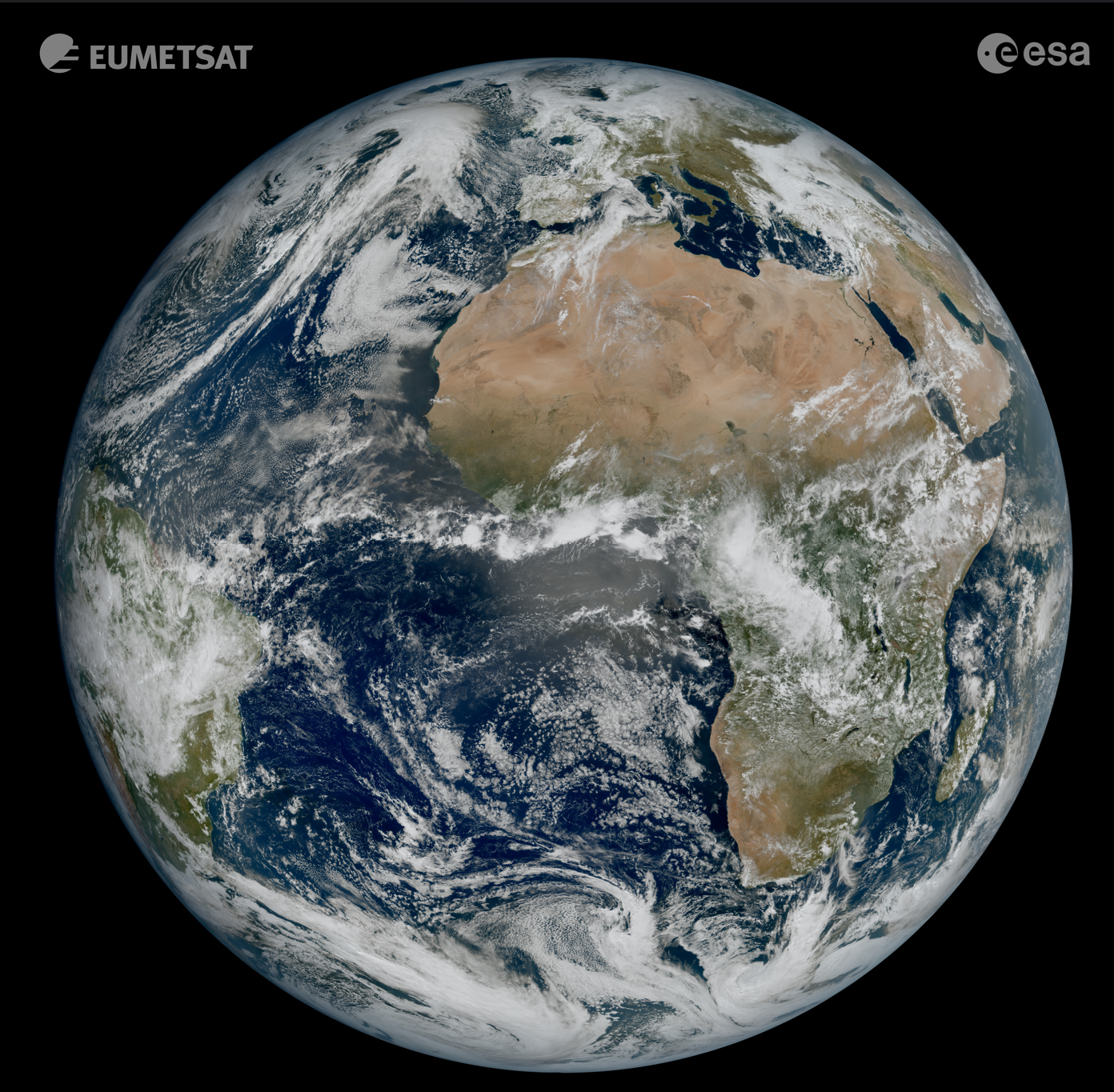Speaker
Description
Cosmic dust has been measured in situ near the Earth and in interplanetary space, using different types of dust detectors and on various space missions. In situ dust detectors are designed towards specific key measurements to be taken (e.g., composition, velocity, dust flux, surface charge) and according to mission requirements and available resources. Low-resource detectors are usually the "dust counters", and more sophisticated detectors can measure dust elemental composition (i.e., time-of-flight mass spectrometers based on dust impact ionization) eventually combined with a trajectory grid.
Measuring the natural influx of cosmic dust from in space (i.e., no atmospheric bias) can be important for studies of the upper atmosphere in order to define a baseline with respect to the influx of space debris of all sizes, in terms of number count, mass flux, velocity and composition. Dust instruments can also be applied to directly measure space micro and nano-debris in Low Earth Orbit. Measuring the elemental composition of space micro-debris, together with their orbital velocities and locations would yield an independent measurement of the chemistry and the influx of anthropogenic space material into the Earth's atmosphere. These data (with their own biases) can be used in parallel with data from spacecraft and rocket design.
In this talk we elaborate on the dust detection techniques and how they could be used to support the studies of the impact of spaceflight on the upper atmosphere. We also emphasize the interesting case of space nano-debris particles, from LEO to the upper atmosphere.

